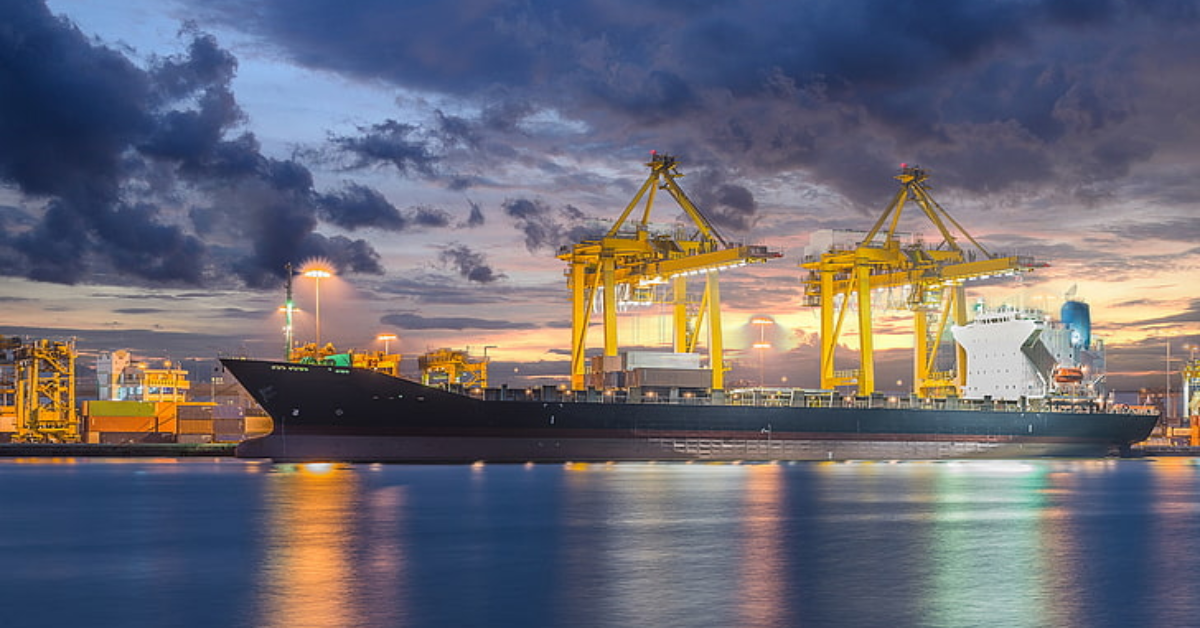India is positioning itself to emerge as a major global shipbuilding hub, with the government setting a target of securing 5 percent of the global market by 2030. Union Minister Shantanu Thakur outlined this vision in Goa, stressing a comprehensive roadmap that combines infrastructure expansion, technological innovation, and sustainability.
A key pillar of the plan is the development of ten world-class shipyards under public-private partnerships. These facilities will be equipped with automation, digital twin technologies, and green shipbuilding solutions to enhance competitiveness and align with India’s net-zero 2070 commitments. The Maritime Development Fund will play a central role in modernizing shipyards, supporting R&D in autonomous and green vessels, and facilitating workforce training, with 50,000 skilled professionals to be developed by 2030.
The strategy also emphasizes strengthening port infrastructure and multimodal logistics. Major upgrades at Deendayal Port, Kolkata, and island territories are being accelerated, while the PM Gati Shakti programme is improving last-mile connectivity and reducing turnaround times. Coastal industrial clusters in Gujarat, Kerala, and Andhra Pradesh are being integrated with shipyards to lower input costs and improve supply chain efficiency.
In parallel, India plans to launch a national container shipping line by 2030, with the goal of producing half of its container vessels domestically by 2035. This initiative is expected to reduce dependency on foreign fleets and enhance India’s maritime self-reliance. Supported by Sagarmala, green shipping corridors, and expanded container handling capacity, these measures collectively aim to transform India into a strategic player in the global shipbuilding landscape.









